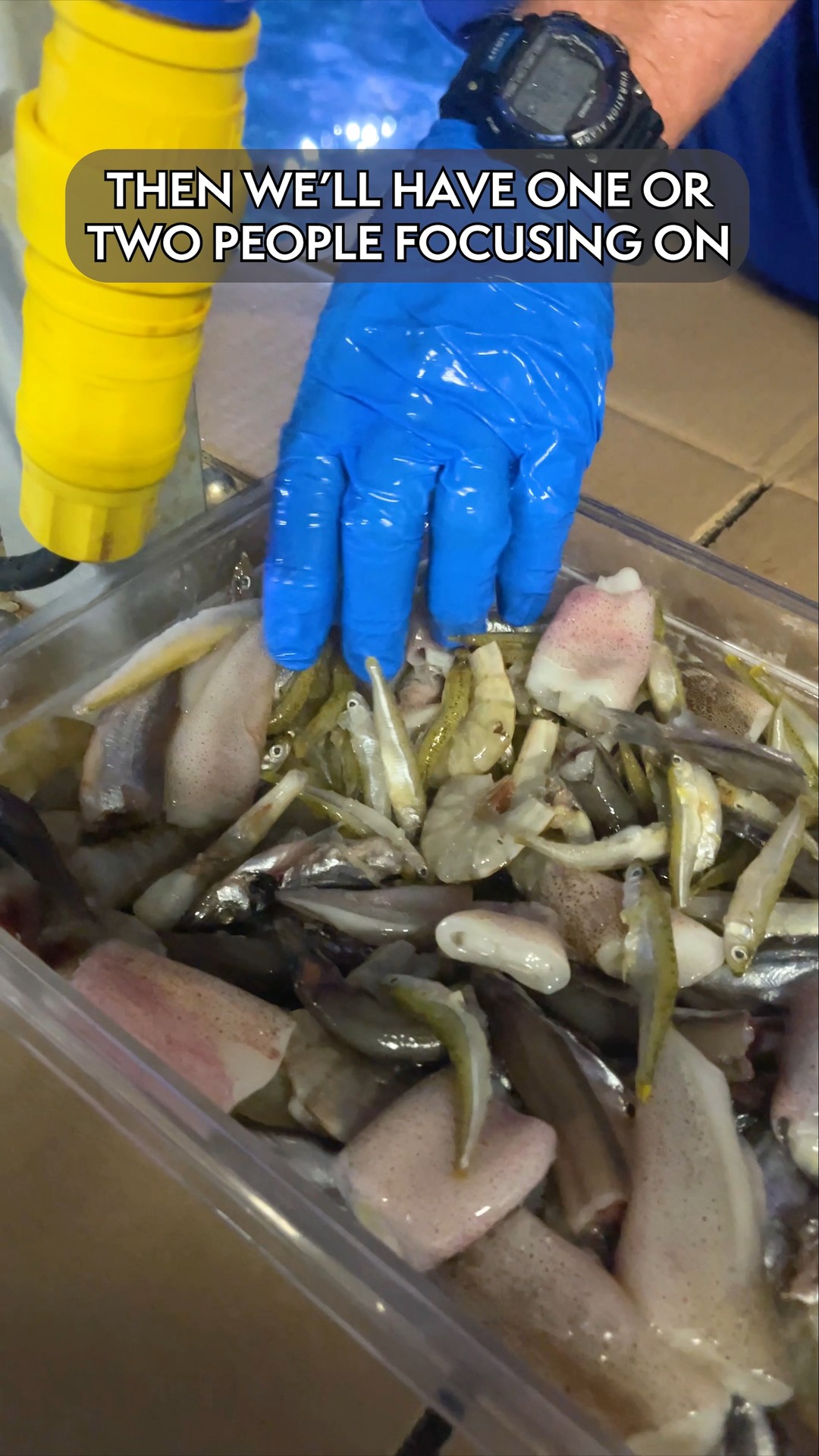– The ecological and biological significance of recreating NOAA’s Flower Garden Banks National Marine Sanctuary in an aquarium setting
– The complexities of maintaining the 618,000-gallon crown jewel exhibit at an aquarium
– Strategies for feeding a diverse array of species within The Secret Reef
– The role of the Secret Reef in education, conservation efforts, and research
– Challenges and rewards associated with managing a large-scale marine exhibit
The Secret Reef exhibit at the Aquarium stands as a testament to human ingenuity and commitment to marine conservation. It’s a breathtakingly colossal 618,000-gallon recreation of the series of reefs part of NOAA’s Flower Garden Banks National Marine Sanctuary, situated off the coasts of Louisiana and Texas. This awe-inspiring underwater sanctuary is a visual spectacle and plays a pivotal role in educating the public about the complexities and beauty of marine ecosystems.
Building and maintaining an exhibit of this scale requires a profound understanding of the ecological and biological interplays within the reef environment. The exhibit’s design has to mimic natural conditions closely enough to support the lives of thousands of animals, which range from the most diminutive of reef fish to the formidable Sand Tiger and Sandbar Sharks, as well as a resident Green Sea Turtle and the gliding elegance of stingrays.
One of the most challenging aspects of managing The Secret Reef is ensuring the well-being of its inhabitants through proper nutrition and feeding methods. With such a broad diversity of species, each with its unique dietary requirements, feeding this aquatic community is fashioned into a systematic process that entwines precision and care.
Aquarium staff must engage in rigorous research and observation to understand the dietary habits of the various creatures within the exhibit. Sharks, for instance, might consume large portions of meaty foods such as fish and squid, feeding only a few times per week. In contrast, smaller reef fish require daily feedings of smaller food items like brine shrimp or finely chopped seafood. The prodigious Green Sea Turtle, revered for its resilience and charm, maintains a diet that may include various items from leafy greens to invertebrates, depending on the individual’s nutritional needs and natural preferences.
Feeding these animals necessitates a coordinated effort involving a team of aquarists. They must monitor animal health, craft feeding schedules, and engage in direct feeding sessions where necessary. Some species require target feeding — a method where food is delivered directly to an individual animal, sometimes by using poles or other tools to simulate natural hunt-and-chase behaviors.
Feeding strategies within The Secret Reef must also be adaptable and responsive to changing circumstances. The reproductive cycles, growth stages, and even the social dynamics within the tank can substantially impact the dietary needs of its inhabitants. Feeding in such a voluminous exhibit must be executed with a methodology that minimizes aggression and competition, ensuring that all animals, regardless of size or hierarchy, receive adequate nutrition.
Beyond its biodiversity spectacle and day-to-day management’s intricacies, The Secret Reef plays a pivotal role in conservation and research. It offers invaluable insights into the behaviors and needs of species that, in many cases, are threatened by human activities and environmental change in the wild. Researchers can study reproductive habits and social interactions and even test conservation strategies that could ultimately be used in fieldwork outside the confines of the Aquarium.
Moreover, The Secret Reef acts as an ambassador for ecosystems that are often out of sight and out of mind for many people. Visitors are drawn into a world that calls attention to the fragility and significance of marine habitats. Educational outreach programs linked to this exhibit lay the groundwork for a better informed and environmentally conscious public, fostering a connection between humans and the life support systems of our oceans.
Managing a marine exhibit of this magnitude presents various challenges, from ensuring optimal water quality to mimicking the natural light cycles and flow patterns critical to a reef environment. Each aspect calls for a profound comprehension of marine science and an ability to respond proactively to the needs of the exhibit’s diverse residents.
The rewards, however, are numerous. Aside from contributing to conservation and education, the exhibit offers a daily show of natural wonder, reminding us of the aquatic marvels beyond our shores. Aquarium staff and visitors share in the continued discovery and appreciation of this manufactured yet authentically represented slice of ocean life.
Ultimately, The Secret Reef represents both an achievement and a promise — the achievement of creating a living, thriving underwater world within human care and the promise of continued effort towards protecting and understanding our aquatic environments. Such endeavors serve academic and conservation efforts and ignite the collective imagination, fostering a lasting reverence for the oceans and their myriad inhabitants.
*****
Source Description
The Secret Reef is the Aquarium’s crown jewel, a 618,000-gallon recreation of the series of reefs in NOAA’s Flower Garden Banks National Marine Sanctuary off the coast of Louisiana and Texas. This exhibit is home to thousands of animals, from colorful schooling reef fish and, cruising Sand Tigers and Sandbar Sharks to plucky Green Sea Turtles and graceful stingrays.
So, how in the world do we feed such a diverse aquatic community? Well … let’s say it’s very much a team effort.

